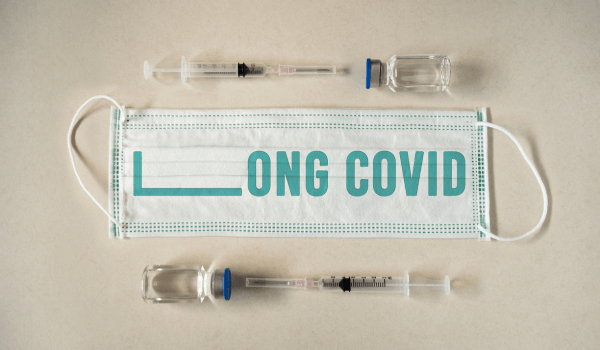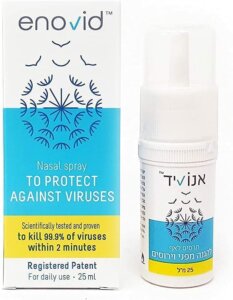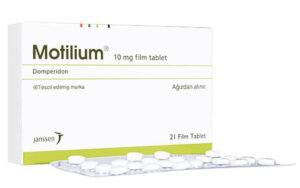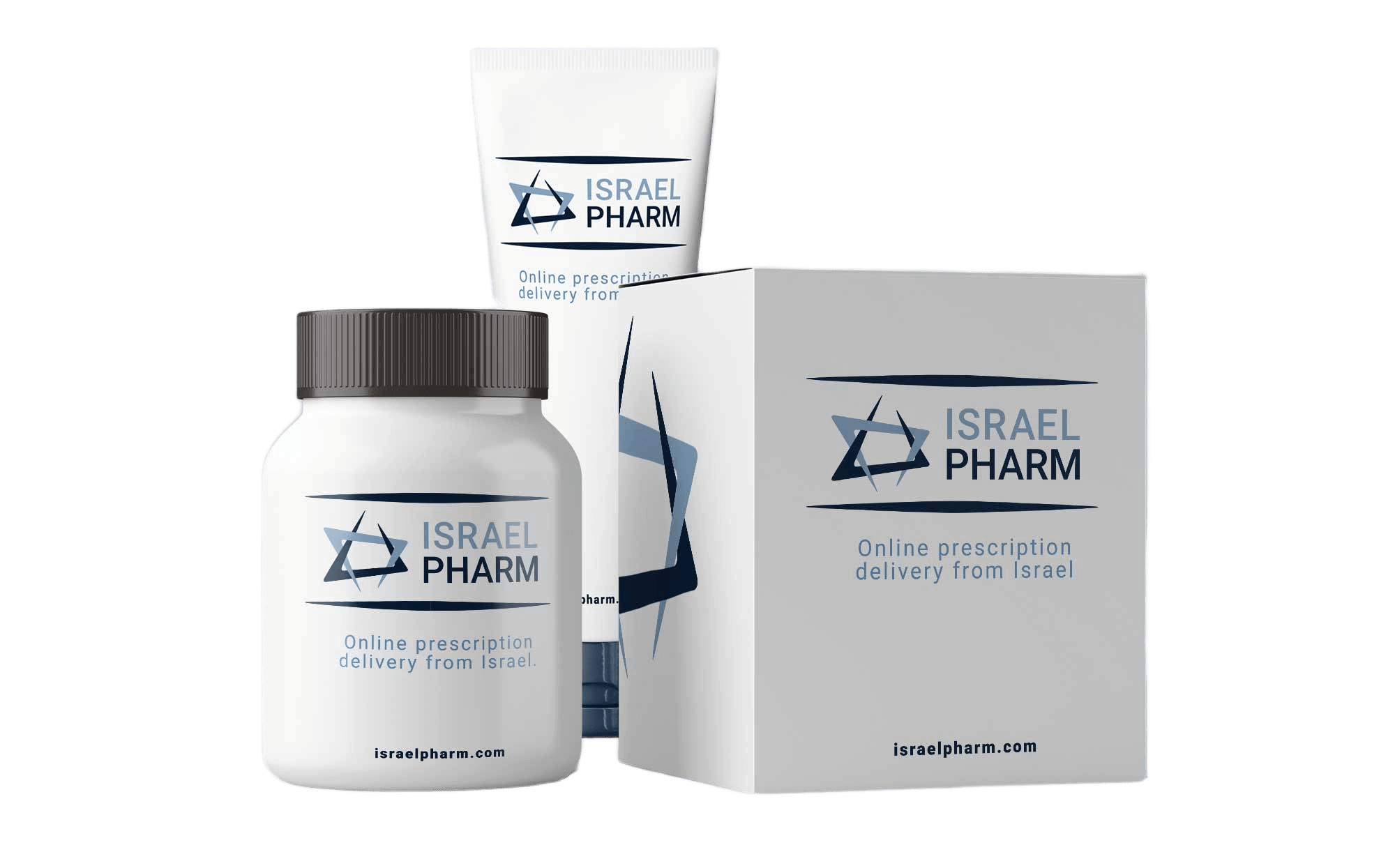
Throughout June this year, numerous organizations and health professionals will emphasize the importance of understanding these conditions. Organizations such as the American Migraine Foundation and the Migraine Research Foundation are valuable resources for up-to-date information and support. They often participate in awareness campaigns by providing educational materials that can be shared within families and communities.
The importance of family awareness
The information in the Migraine and Headache Awareness Month education program is crucial for families dealing with migraines. It helps them distinguish between true migraines and more common cluster headaches. Understanding the triggers and symptoms can help in managing the condition effectively. Parents need to communicate with their teenage children about the signs and symptoms of migraines and how to manage them, especially since migraines can impact school performance and social activities. Just as important, if one family member is subjected to migraines, there is a good chance of others in the family developing them, too.
Migraines can begin at any age, though the first often occurs during adolescence. Migraines tend to peak from early adulthood until the late thirties and gradually become less severe and less frequent in the following decades.
Dealing with this year’s theme – Myths, Truths, and Action about migraine and headaches
There are many myths surrounding the subject of migraines, and we have picked out some of the most prevalent and tried to differentiate between fact and fiction, as well as to raise awareness of what progress has been made in treating this condition.
If you’re among the 37 million Americans who suffer from migraines, you are well aware of how very real – and often crippling – these types of headaches are. Those who fall in the category of having never had a migraine, however, often have the wrong idea about this condition.
Myth: A migraine is just a bad headache.
Truth: Migraine is a recognized medical condition, and the term is used to specifically refer to a neurological disease. The exact causes of this condition are still unknown, and it is the subject of extensive research. Most recent research points to a strong degree of inheritability, creating overly sensitive neurons during the formation of the brain during gestation and early childhood growth.
Myth: Migraines occur infrequently and clear up quickly.
Truth: On average, a migraine attack can last anything between four hours to three days. Severe attacks can continue for days or weeks with just short periods of relief. When migraine attacks are experienced on more than 15 days in a month, the condition is then identified as chronic migraine.
Myth: The main difference between a true migraine and an ordinary headache is the sense of an aura.
Truth: Fewer than one-third of attacks for people diagnosed as chronic sufferers of migraines are preceded by an aura, and people can experience both types of migraines. Auras produce several effects, such as flashing lights, other vision changes, unusual smells, ringing in the ears, and tingling in the hands or face. There are now two recognized classifications: migraine with aura and classic migraine (without aura).
Myth: There are no ways to avoid a migraine attack.
Truth: Although there’s not yet a cure for migraines, with the help of a healthcare provider, a migraine patient can learn what triggers their attacks and be better equipped to avoid these. Although triggers vary by person, the most frequently reported by people with migraines are:
- Hormonal changes in women caused either by birth control medications or hormone replacement therapy after menopause
- Foods such as aged cheeses, chocolate, high salt and processed foods, and foods loaded with additives.
- Skipping meals or fasting.
- Alcohol, especially dry wine
- Highly caffeinated drinks (coffee and colas) and acidic fruits
- Personal stress
- Bright sunlight light and glare from artificial lighting
- Loud noises and unusual smells
- Altered sleeping patterns
- Overexertion
- Changes in the weather
Action
As well as learning how best to manage triggers, there has also been considerable progress in the development of medications that can treat this neurologic disease. These medications are designed to block calcitonin gene-related peptide (CGRP) take-up. CGRP is a molecule involved in the migraine pathway. Medications that target CGRP or its receptor have been shown to reduce the frequency and severity of migraine cluster headaches.
A new class of drugs known as gepants offers additional options for those who suffer from acute migraine attacks or who do not respond well to other medications. Qulipta, Ubrelvy, and Nurtec work by blocking CGRP receptors and are used for quick relief during migraine attacks.
Another probable cause of migraine attacks is the widening of blood vessels in the brain. However, there can be relief for people living with migraines in the form of medications. Drugs in the class known as 5HT1-receptor agonists, such as Relpax and Maxalt, work to reduce the intensity of migraine attacks. These triptans act on 5HT 1B/1D (serotonin) substances in the brain, narrowing blood vessels. They are pain-relieving medications that do not prevent migraine attacks but can provide comfort by reducing the severity of an ongoing attack.
Questions people are asking
What is the average age for migraines?
There is no way to determine the average age at which migraines occur. Studies have shown that migraines can begin at any age, but most often, the first attack occurs during adolescence. The number of incidents usually peaks during the 30s and gradually becomes less frequent in the following decades. Gender has an important influence, with women being three times more likely than men to have migraines.
What is the difference between a migraine and a chronic migraine?
A migraine attack can occur for any person. If a person experiences at least 15 attacks in a single month, then the diagnosis is of chronic migraine.
What are the triggers for migraines?
Anyone can have their own unique triggers that set off a migraine attack. Several studies have identified some of the more common triggers, known as the “5 Cs” – cheese, chocolate, coffee, coke, and citrus fruits.
What time of year is worst for migraines?
There are no definite patterns, but some studies provide evidence that people experience significantly more attacks in early Spring (September through November.) On the other hand, another study found that seasonal migraine attacks were more common during Autumn than during other seasons.
Is chronic migraines a disability?
Depending on which country a person lives in, disorders like chronic migraine and headaches can qualify as a reason for disability. In the United States, there is the option of either short—or long-term disability. If it means the person can’t work (full—or part-time), claiming Universal Credit, a government payment to help with living costs, may be possible. If there are difficulties with daily living and getting around because of the condition, claiming Personal Independence Payment (PIP) may be possible.
















